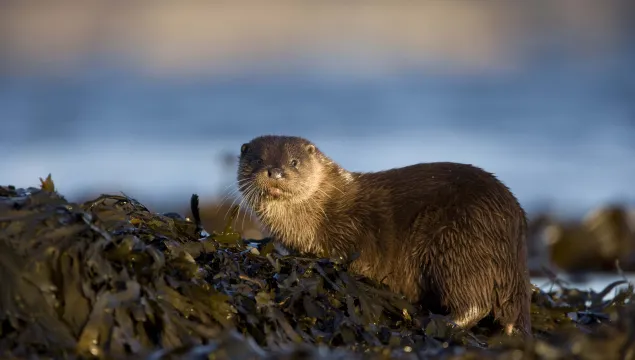
European otter
The sinuous otter is an excellent swimmer and can be seen hunting in wetlands, rivers and along the coast - try the west coast of Scotland, West Wales, the West Country or East Anglia for the best views.

The sinuous otter is an excellent swimmer and can be seen hunting in wetlands, rivers and along the coast - try the west coast of Scotland, West Wales, the West Country or East Anglia for the best views.
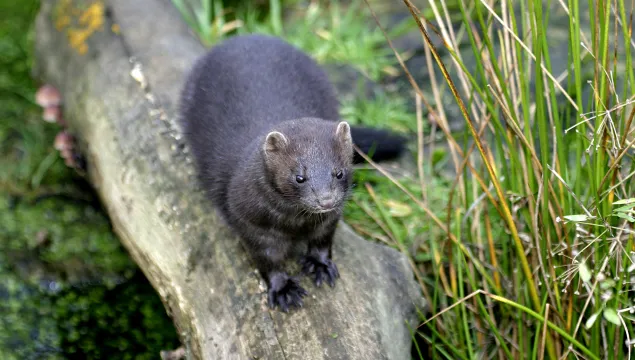
Escaped or intentionally freed from fur farms in the 1960s, the American mink is now well established in the UK. Its carnivorous nature is a threat to our native water vole and seabird populations.
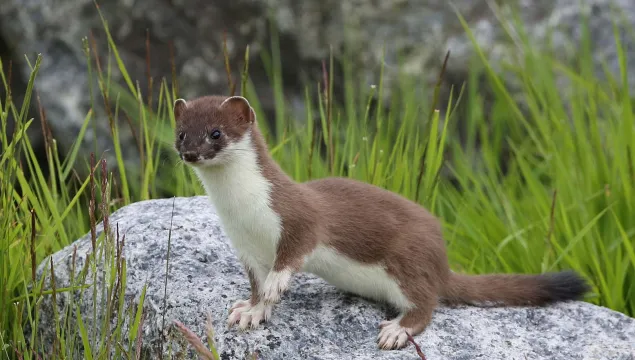
The stoat is a small mustelid, related to the weasel and otter. It has an orange body, black-tipped tail and distinctive bounding gait. Spot it on grassland, heaths and in woodlands across the UK.
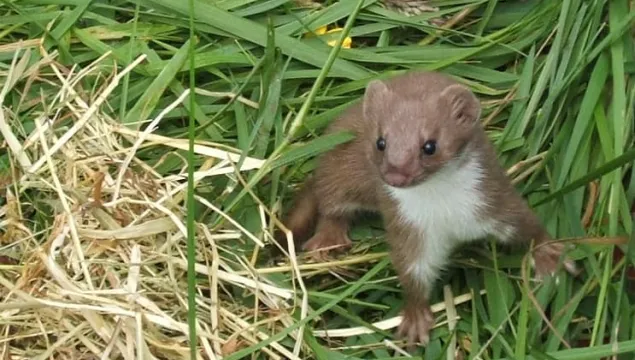
Weasels may look adorable, but they make light work of eating voles, mice and birds! They are related to otters and stoats, which is obvious thanks to their long slender bodies and short legs.
Largely confined to the north of the UK, the rare pine marten is nocturnal and very hard to spot. However, it can be enticed to visit a peanut-laden birdtable.
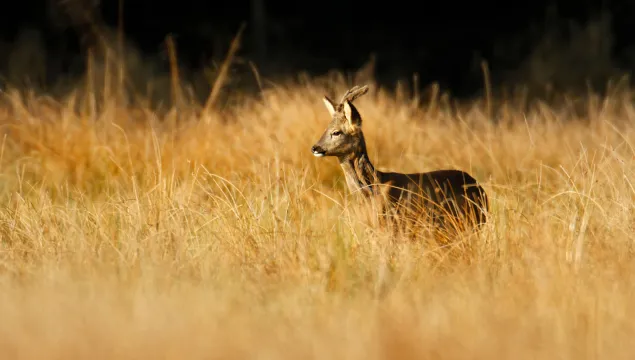
The attractive roe deer is native to the UK and widespread across woodland, farmland, grassland and heathland habitats. Look for its distinctive pale rump and short antlers.
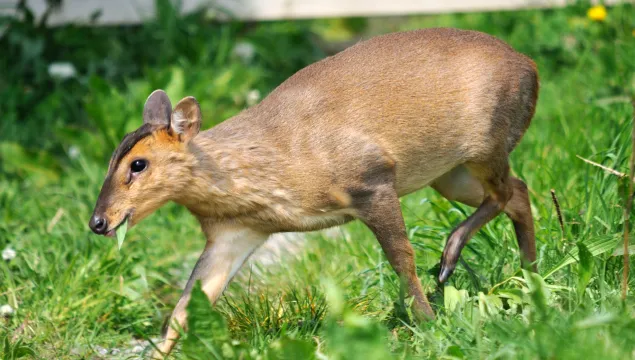
The muntjac deer was introduced into the UK from China in the 20th century. It has gained a stronghold in southeast England, where it can cause damage to our woods through browsing.
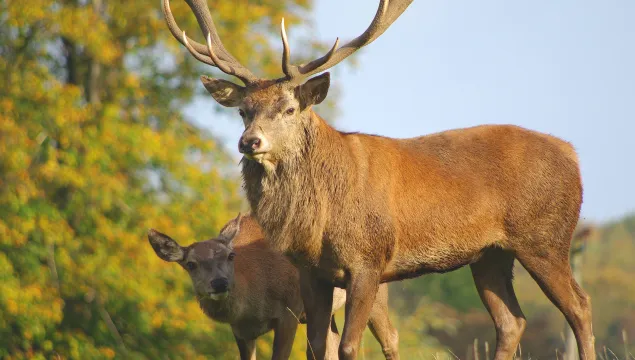
Standing proud and tall, the red deer is our largest deer. With its massive antlers, it is an unmistakeable icon of the Scottish Highlands, but can be seen in northwest and southern England, too.
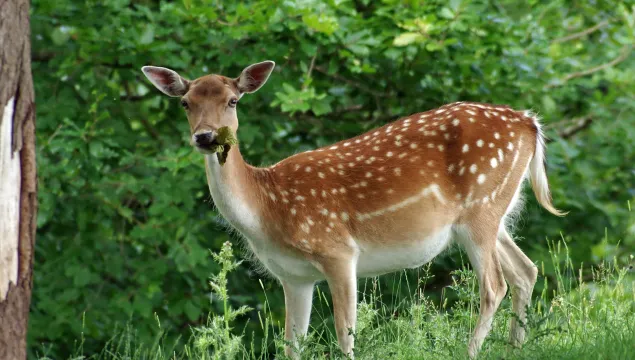
Although introduced by the Normans, the fallow deer has been here so long that it is considered naturalised. Look out for groups of white-spotted deer in woodland glades.
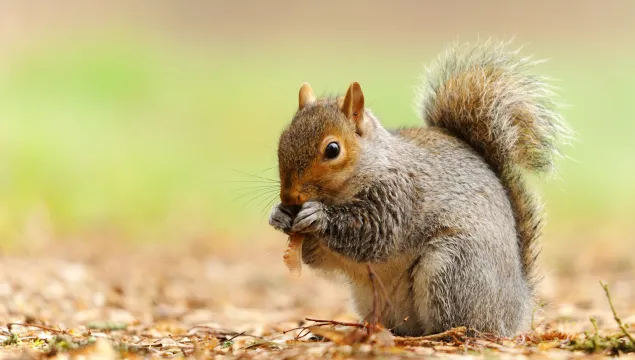
The grey squirrel was introduced into the UK in the 1800s. It provides an easy encounter with wildlife for many people, but can be damaging to woodlands and has contributed to the decline of the red squirrel.
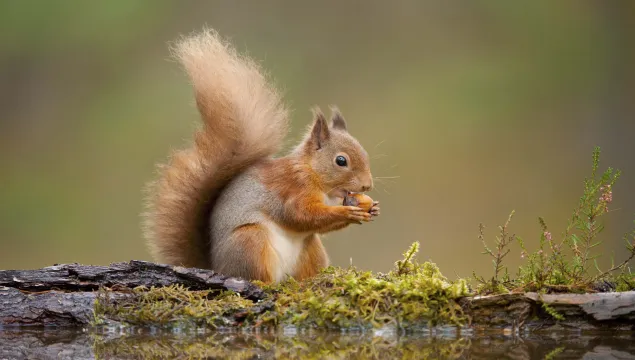
Red squirrels are native to the UK but are a lot rarer than their grey cousins. They live in a few special places across the UK thanks to reintroduction projects.
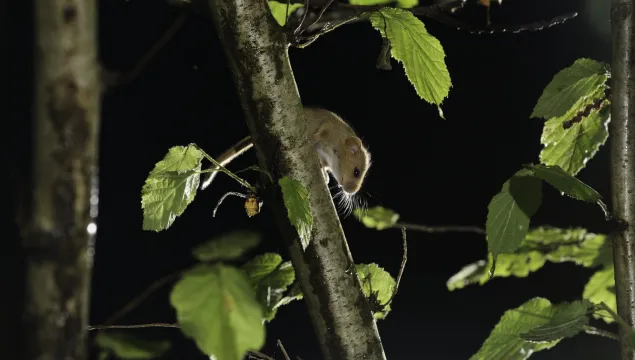
Hazel dormice are hard to spot – not only do they only come out at night, but they are also only found in very few places in the UK. Dormice spend a lot of their time hibernating – and are known to snore!